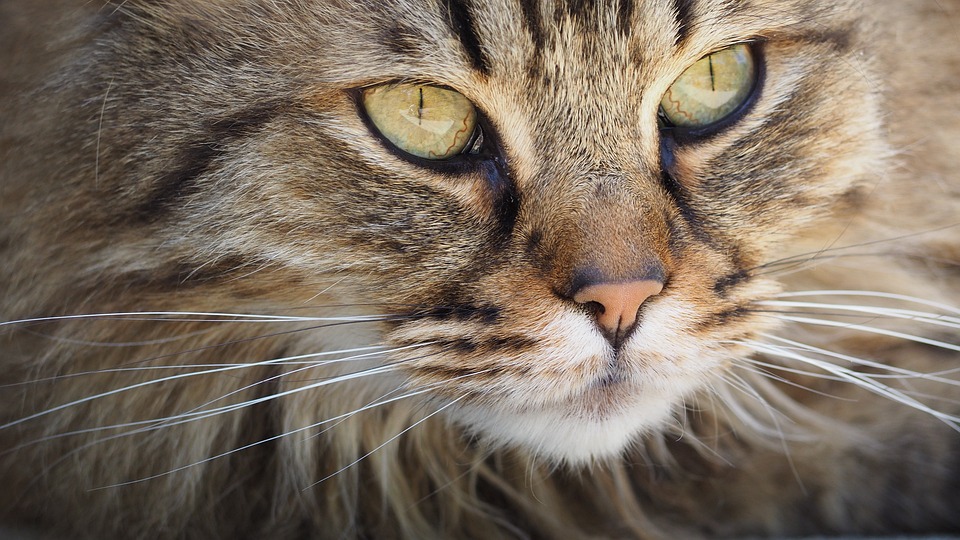Title: Preventing and Managing Urinary Issues in Cats: A Comprehensive Guide
Introduction:
Cats’ urinary health is of utmost importance, as urinary issues can significantly impact their overall well-being. This article aims to shed light on the prevalence of urinary problems in felines, the significance of proactive care, and effective prevention strategies.
1. Common Urinary Problems in Cats:
Understanding the various urinary issues that cats may experience is crucial for their early detection and management. This section provides an overview of common problems such as urinary tract infections (UTIs), feline lower urinary tract disease (FLUTD), uroliths (bladder stones), and feline idiopathic cystitis (FIC).
2. Causes of Urinary Issues in Cats:
Several factors can contribute to the development of urinary problems in cats. This section explores the role of diet and hydration in urinary health, stress and anxiety as triggers, environmental factors, and the impact of obesity.
3. Preventive Measures for Urinary Health:
Taking proactive measures can significantly reduce the risk of urinary issues in cats. This section discusses the importance of proper hydration, selecting the right diet, ensuring a stress-free environment, maintaining a clean litter box, and promoting regular exercise and weight management.
4. Signs and Symptoms of Urinary Problems:
Detecting early signs of urinary issues is crucial for timely intervention. This section highlights common symptoms such as frequent urination or difficulty urinating, blood in the urine, straining or crying during urination, changes in litter box behavior, and lethargy or decreased appetite.
5. Diagnosing Urinary Issues:
Seeking veterinary consultation is essential for accurate diagnosis and appropriate treatment. This section emphasizes the importance of a physical examination, medical history assessment, urinalysis and urine culture, imaging techniques like X-rays and ultrasounds, and additional diagnostic tests such as blood work and cystoscopy.
6. Treatment Options for Urinary Problems:
Once diagnosed, various treatment options are available to manage urinary issues. Veterinary-prescribed medications, antibiotics for UTIs, pain management for FLUTD and FIC, dietary changes, prescription diets, and surgical interventions for uroliths or blockages are discussed in this section.
7. Frequently Asked Questions (FAQs):
This section addresses common queries related to preventing and managing urinary issues in cats, including preventive measures, specific cat food for urinary health, the impact of stress, encouraging water intake, the prevalence of urinary blockages in male cats, when to seek immediate veterinary assistance, and the prognosis of urinary issues.
Conclusion:
Proactive care and prevention strategies play a vital role in maintaining a cat’s urinary health. It is crucial to consult a veterinarian for accurate diagnosis and personalized advice. By prioritizing veterinary guidance, regular check-ups, and a holistic approach to feline urinary health, cat owners can ensure their pets lead happy and healthy lives.








